| 1.
|
E. Numfor, S. Bhattacharya, S. Lenhart, M. Martcheva, S. Anita, N. Hritonenko, G. Marinoschi, A. Swierniak,
Optimal Control in Coupled Within-host and Between-host Models,
2014,
9,
0973-5348,
171,
10.1051/mmnp/20149411
|
|
| 2.
|
Lin Zhao, Zhi-Cheng Wang, Shigui Ruan,
Traveling wave solutions in a two-group epidemic model with latent period,
2017,
30,
0951-7715,
1287,
10.1088/1361-6544/aa59ae
|
|
| 3.
|
Rony Izhar, Jarkko Routtu, Frida Ben-Ami,
Host age modulates within-host parasite competition,
2015,
11,
1744-9561,
20150131,
10.1098/rsbl.2015.0131
|
|
| 4.
|
Tufail Malik, Abba Gumel, Elamin H. Elbasha,
Qualitative analysis of an age- and sex-structured vaccination model for human papillomavirus,
2013,
18,
1553-524X,
2151,
10.3934/dcdsb.2013.18.2151
|
|
| 5.
|
Robert Rowthorn, Selma Walther,
The optimal treatment of an infectious disease with two strains,
2017,
74,
0303-6812,
1753,
10.1007/s00285-016-1074-5
|
|
| 6.
|
Jemal Mohammed-Awel, Eric Numfor, Ruijun Zhao, Suzanne Lenhart,
A new mathematical model studying imperfect vaccination: Optimal control analysis,
2021,
500,
0022247X,
125132,
10.1016/j.jmaa.2021.125132
|
|
| 7.
|
Mohammad A. Safi, Abba B. Gumel, Elamin H. Elbasha,
Qualitative analysis of an age-structured SEIR epidemic model with treatment,
2013,
219,
00963003,
10627,
10.1016/j.amc.2013.03.126
|
|
| 8.
|
S.M. Garba, M.A. Safi, A.B. Gumel,
Cross-immunity-induced backward bifurcation for a model of transmission dynamics of two strains of influenza,
2013,
14,
14681218,
1384,
10.1016/j.nonrwa.2012.10.003
|
|
| 9.
|
Toshikazu Kuniya, Jinliang Wang, Hisashi Inaba,
A multi-group SIR epidemic model with age structure,
2016,
21,
1531-3492,
3515,
10.3934/dcdsb.2016109
|
|
| 10.
|
Roberto Cavoretto, Simona Collino, Bianca Giardino, Ezio Venturino,
A two-strain ecoepidemic competition model,
2015,
8,
1874-1738,
37,
10.1007/s12080-014-0232-x
|
|
| 11.
|
Eminugroho Ratna Sari, Fajar Adi-Kusumo, Lina Aryati,
Mathematical analysis of a SIPC age-structured model of cervical cancer,
2022,
19,
1551-0018,
6013,
10.3934/mbe.2022281
|
|
| 12.
|
Chin-Lung Li, Chang-Yuan Cheng, Chun-Hsien Li,
Global dynamics of two-strain epidemic model with single-strain vaccination in complex networks,
2023,
69,
14681218,
103738,
10.1016/j.nonrwa.2022.103738
|
|
| 13.
|
S.Y. Tchoumi, H. Rwezaura, J.M. Tchuenche,
Dynamic of a two-strain COVID-19 model with vaccination,
2022,
39,
22113797,
105777,
10.1016/j.rinp.2022.105777
|
|
| 14.
|
Ting Cui, Peijiang Liu,
Fractional transmission analysis of two strains of influenza dynamics,
2022,
40,
22113797,
105843,
10.1016/j.rinp.2022.105843
|
|
| 15.
|
Shasha Gao, Mingwang Shen, Xueying Wang, Jin Wang, Maia Martcheva, Libin Rong,
A multi-strain model with asymptomatic transmission: Application to COVID-19 in the US,
2023,
565,
00225193,
111468,
10.1016/j.jtbi.2023.111468
|
|
| 16.
|
Md. Mamun-Ur-Rashid Khan, Md. Rajib Arefin, Jun Tanimoto,
Time delay of the appearance of a new strain can affect vaccination behavior and disease dynamics: An evolutionary explanation,
2023,
24680427,
10.1016/j.idm.2023.06.001
|
|
| 17.
|
Yucui Wu, Zhipeng Zhang, Limei Song, Chengyi Xia,
Global stability analysis of two strains epidemic model with imperfect vaccination and immunity waning in a complex network,
2024,
179,
09600779,
114414,
10.1016/j.chaos.2023.114414
|
|
| 18.
|
彦锦 吉,
Studies with Vaccination and Asymptomatic Transmission Models,
2024,
14,
2160-7583,
424,
10.12677/pm.2024.145197
|
|
| 19.
|
Mohammadi Begum Jeelani, Rahim Ud Din, Ghaliah Alhamzi, Manel Hleili, Hussam Alrabaiah,
Deterministic and Stochastic Nonlinear Model for Transmission Dynamics of COVID-19 with Vaccinations Following Bayesian-Type Procedure,
2024,
12,
2227-7390,
1662,
10.3390/math12111662
|
|
| 20.
|
Taqi A.M. Shatnawi, Stephane Y. Tchoumi, Herieth Rwezaura, Khalid Dib, Jean M. Tchuenche, Mo’tassem Al-arydah,
A two-strain COVID-19 co-infection model with strain 1 vaccination,
2024,
26668181,
100945,
10.1016/j.padiff.2024.100945
|
|
| 21.
|
Riya Das, Dhiraj Kumar Das, T K Kar,
Analysis of a chronological age-structured epidemic model with a pair of optimal treatment controls,
2024,
99,
0031-8949,
125240,
10.1088/1402-4896/ad8e0b
|
|
| 22.
|
Xi-Chao Duan, Chenyu Zhu, Xue-Zhi Li, Eric Numfor, Maia Martcheva,
Dynamics and optimal control of an SIVR immuno-epidemiological model with standard incidence,
2025,
0022247X,
129449,
10.1016/j.jmaa.2025.129449
|
|











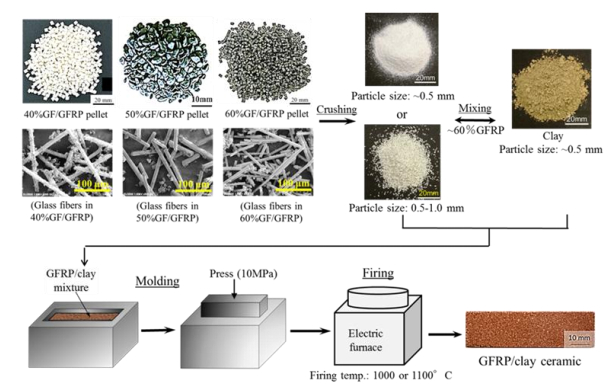
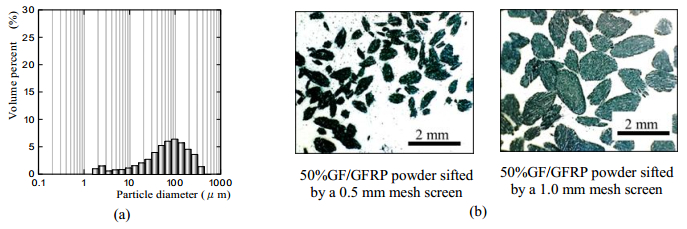
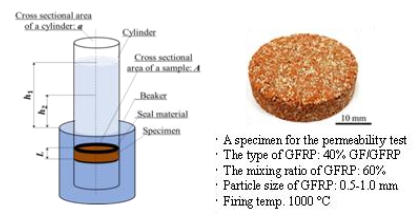
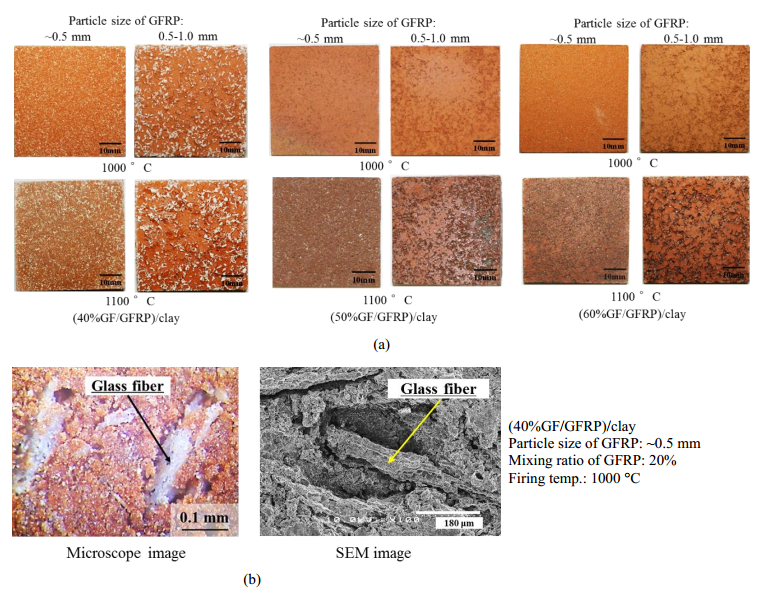
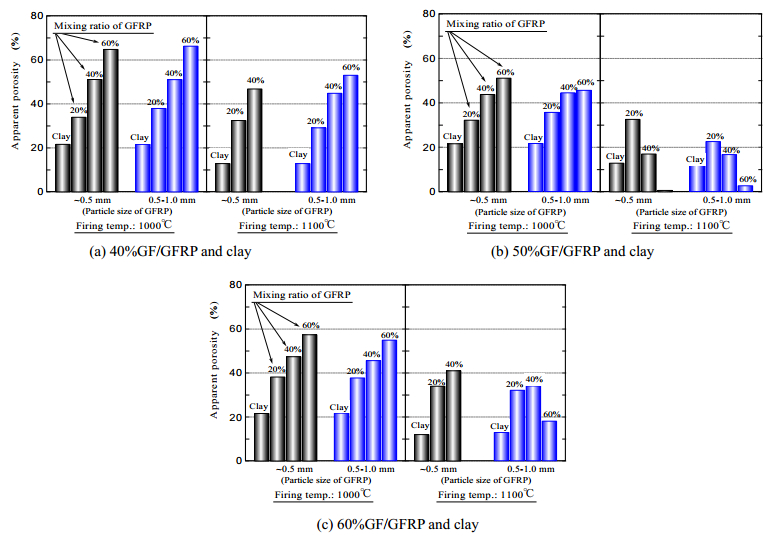
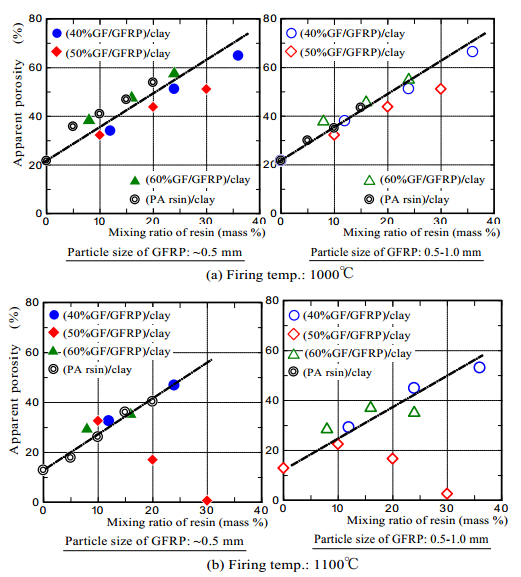
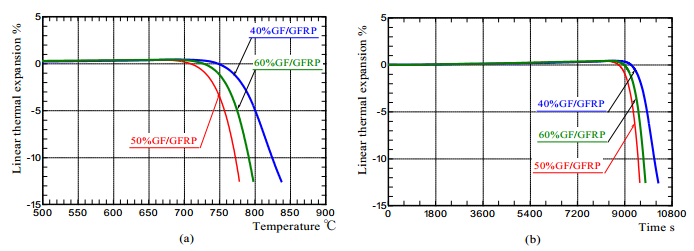
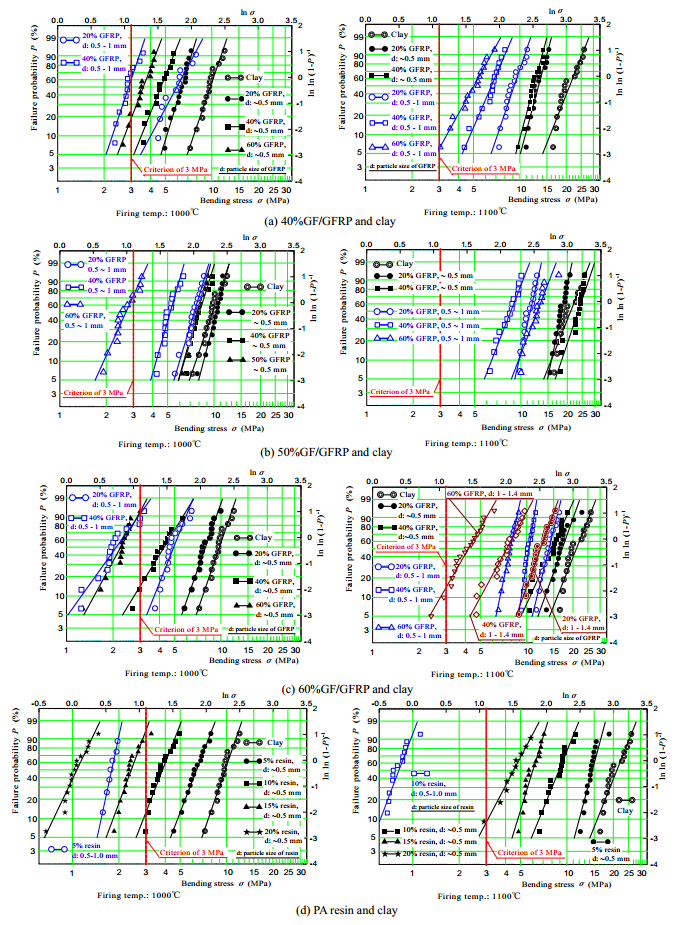
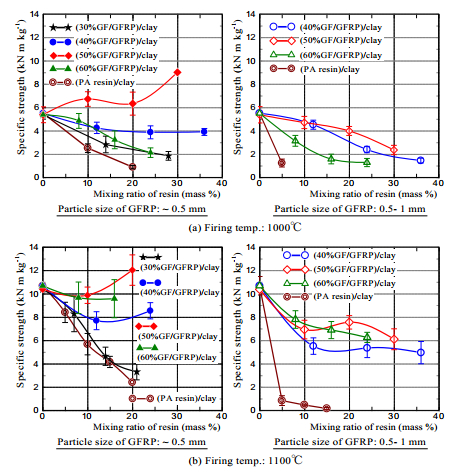

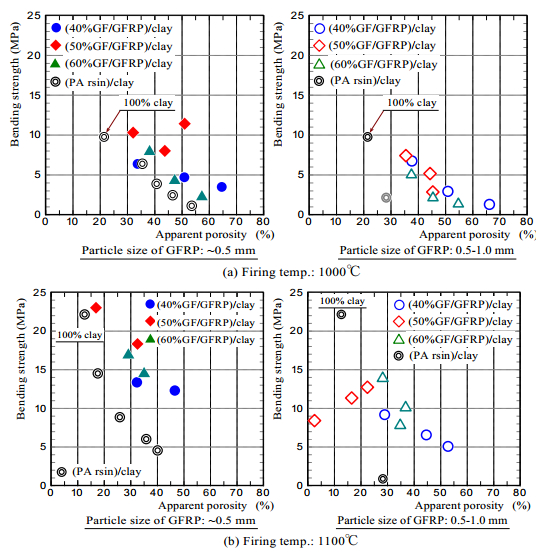
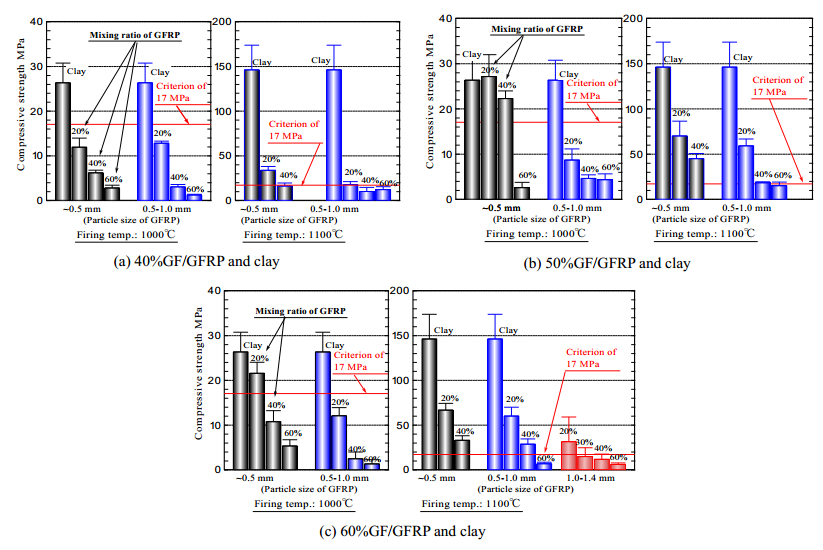
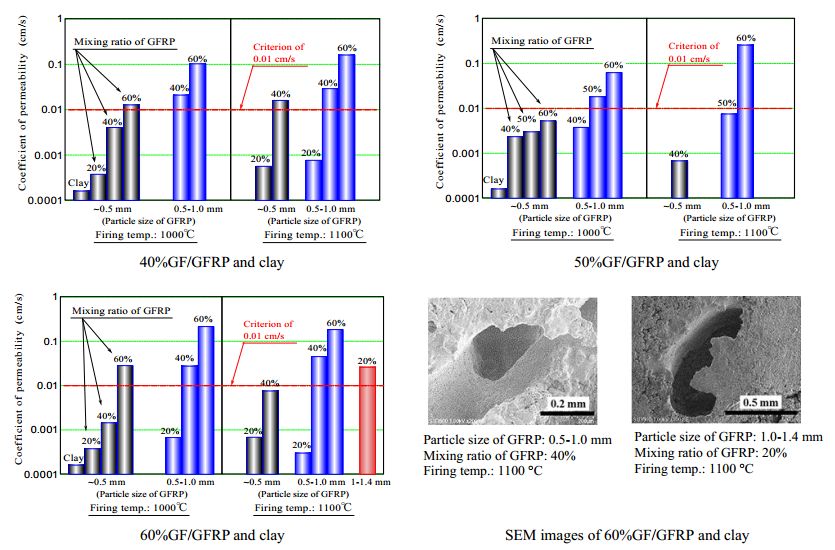
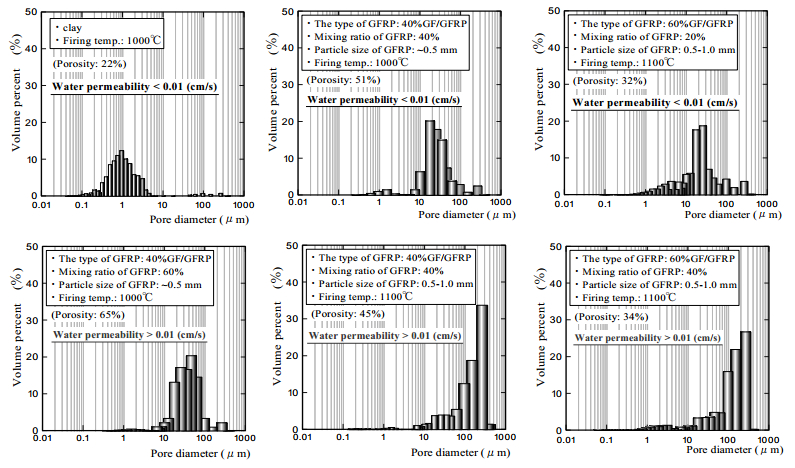


 DownLoad:
DownLoad: